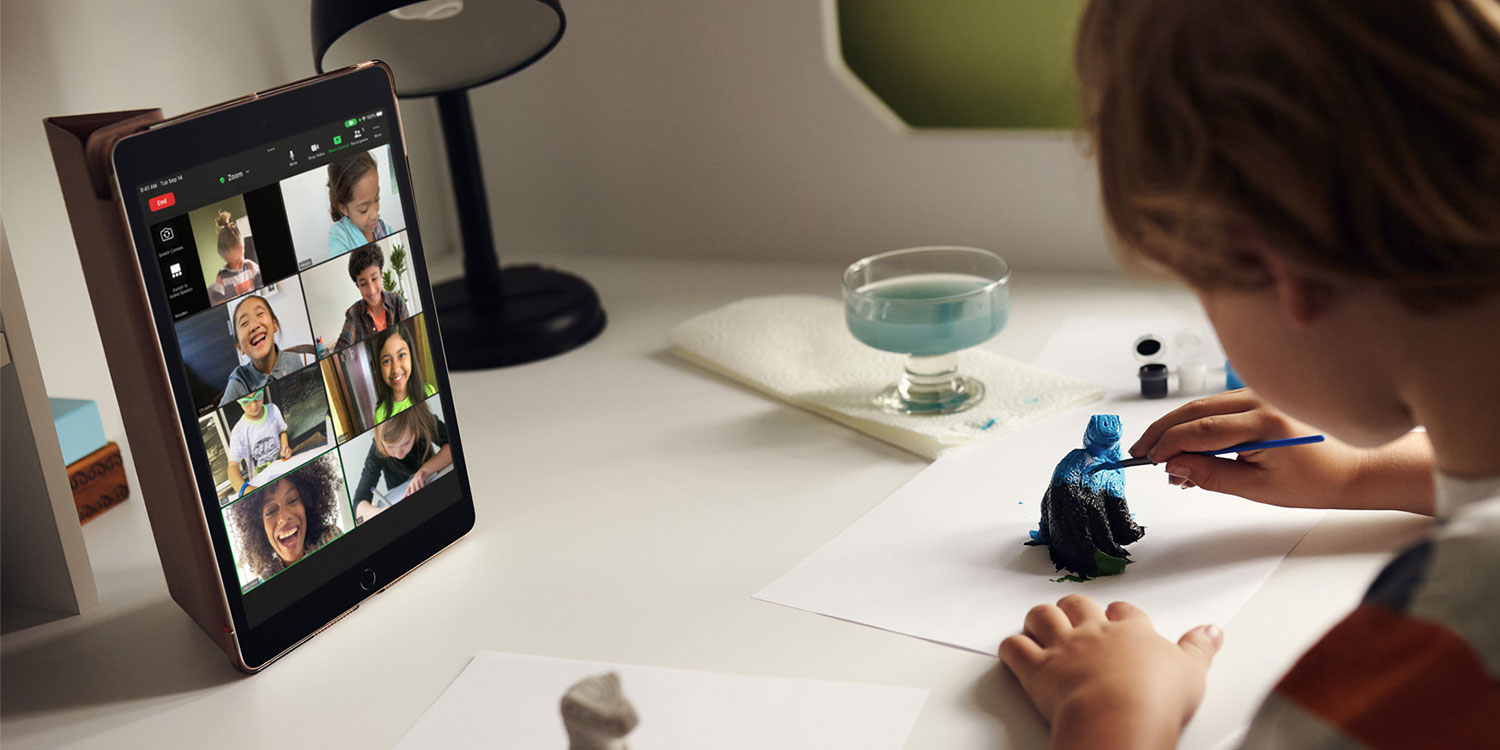A bargain-basement iPad wouldn’t be good for Apple – or you
You’ve probably seen that the iPad has received an update – although the changes might not be obvious at a glance. The entry-level device keeps its 10.2in display and familiar form factor, leaving it as the only iPad to retain a Home button. (The iPad mini has moved on to an all-screen design.)
From a specifications standpoint, it’s a different story. The chip driving the unit is the A13 Bionic – up from the A12 Bionic. Storage has been doubled at every price point, and now stands at 64GB or 256GB. The display gets True Tone, which adjusts screen colors under different lighting conditions. And there’s a massive upgrade to the FaceTime camera, up from a miserly 1.2MP to 12MP – and an ultra-wide lens with a 122-degree field of view. This means Center Stage now comes to the standard iPad.
iGripe
Curmudgeons reacted to this update by retreating to their happy place – which is never being happy with anything Apple does. This time, they claimed the new iPad is over-specced. Apple, they argued, should have done nothing with the iPad’s innards and instead dropped the price from $329. We’d have then had an A12 Bionic, with 32GB storage and the older display, but perhaps at $279 or even $249. Imagine!

Only this misunderstands how Apple does business and what the company stands for. The company doesn’t do cheap. It has no interest in fighting it out with low-end Android tablets and Amazon’s Fire HD, which would always undercut Apple on pricing, whatever Tim Cook’s finance team allowed. Instead, Apple seeks to offer something better – a slice of premium, even at a relatively low price.
This is about striking a balance. The new iPad – like its predecessor – costs more than its rivals, but it can do a lot more. The app ecosystem is far richer on iPad than Android, and this iPad can cope with the best and most ambitious products you care to throw at it. By contrast, it’s commonplace for low-end Android tablets to struggle with the latest games and apps – and that worsens over time.
The long game
Which brings us to the second point: longevity. It would be ludicrous to suggest an iPad with an A13-series CPU will last as long as one sporting more recent chips, such as the A14, A15, or M1. But it will be good for a long while, rather than floundering soon after purchase. And you can make arguments for other seemingly over-specced features too: 64GB of storage is necessary in an era where photo and video quality is increasing; a great camera is essential in a world of video chat; True Tone improves the display under all lighting conditions.
That’s not to say this iPad doesn’t have compromises. It is now the sole iPad to stick with the Lightning connector and first-generation Apple Pencil. The speaker system is noticeably inferior to that in any other iPad. Worse, there’s still no laminated display with anti-reflective coating.
On the whole, though, this entry-level iPad makes the right compromises to deliver a high-value product for a market that cares more about quality than the cheapest possible price point. Those on a tighter budget can of course get previous-generation kit second-hand.
Had Apple instead prioritized price, that would have been a compromise too far. It wouldn’t have benefitted iPad users, who’d have got a worse user experience, nor Apple, who’d have ended up with less happy users, rather than those who’ll likely buy that first iPad and be thrilled with their purchase for a number of years.

